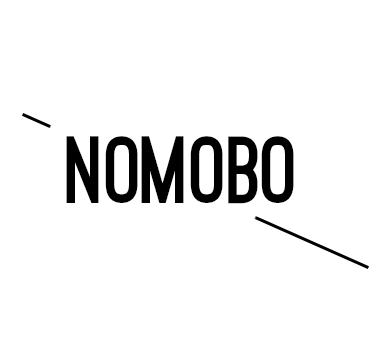Designing Content for Gen Z’s Digital Natives
By NOMOBO
/
14-04-2021
Part 1: 5 Mistakes Companies Make Delivering Content to Digital Natives
From Snapchat stories to live streaming, today's media landscape looks very different than it did a decade ago. Millennials and Gen Z now comprise 48% of the total US media audience. As the first two generations to live with digital technology for the bulk of their lives, they consume media very differently than older generations. Sometimes younger millennials and Gen Z are referred to as "digital natives", meaning they've never lived without the internet.
Researchers believe digital natives think and process information differently than their Gen X and Baby Boomer counterparts. With half of all digital natives connected to the internet for more than 10 hours a day, the internet plays an essential role in nearly every aspect of their lives. Yet many companies continue to design with an older consumer in mind, focusing on words over images and static advertising over real-time engagement. If you want to engage digital natives, you need to create custom content tailored to their unique preferences and behaviors.
These are easy fixes for five common mistakes:
Mistake 1:
Using too many words and too few images. Gen Z's digital natives are bombarded with more images than any other generation and have been since birth. As a result their brains have adapted to prefer images to text. They process and retain images far better than words.
What to do: When you're trying to deliver key marketing messages to a digital native, opt for video or images. Your audience is far more likely to remember a video they saw in their Instagram feed than a lengthy blog post or news article.
Mistake 2:
Missing opportunities for dialogue Digital natives love to be connected with like minded communities. Gen Zers crave discussion and commentary, and are more likely to engage in dialogue with a brand than older generations. It's no longer enough to broadcast content in one direction; companies must engage in two-way dialogue or they will lose customers.
What to do: Try live video, a format that allows content creators to react to feedback from viewers in live time– and boasts much higher engagement rates that pre-recorded messages.
Mistake 3:
Excluding customers from the creation process Digital natives love to be a part of the content creation process. This is why influencer content is so popular; influencers interact with fans through comments and take their feedback into account when creating posts. Gen Z expects a similar two-way relationship with brands.
What to do: Small gestures can have a big impact on customer loyalty and engagement. Try hosting a live Q&A with key members of your company or simply asking your customers for feedback on what content they'd like to see, such as specific video tutorials, behind-the-scenes exclusives, or even customer spotlights.
Mistake 4:
Designing for desktop Digital natives move effortlessly move from screen to screen, switching from mobile to laptops to gaming consoles. Yet too many companies are still designing content for desktop first.
What to do: Digital natives live in a mobile-first world. Every piece of content you produce needs to be designed for mobile viewing first and desktop second. Use responsive design principles to ensure your content looks gorgeous on every platform.
Mistake 5:
Relying on static advertising Digital natives are notorious for their multi-tasking and short attention spans. Yet studies have found that interactivity can engage their attention very effectively.
What to do: Adding an interactive element to every piece of content you produce, even if it's something as simple as turning commenting on for a video broadcast, will help improve your engagement and view times.
Think you've mastered the art of communicating with digital natives? Come back in two weeks to learn about the nuances of customizing content for digital natives in Asia.
